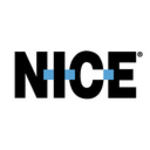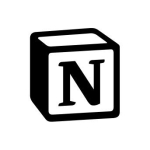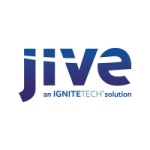What is our primary use case?
We primarily use it as a knowledge management tool for all of our consultants, which are architects.
What is most valuable?
The whole solution is really great. I appreciate the ability to create content, link content, and then search for that content when I need to.
I love all of the add-ons the solution offers. You get the base product, and then you can plug in a ton of third-party apps. There's a whole ecosystem of third-party products you can add in if there are any features that may be missing on Confluence itself. That's really great.
There are very good notifications and links. You can subscribe to a page, and whenever that page gets edited, you're notified of a change on that page.
I suppose just the whole structure and organization is what I really like about Confluence. You have at least 500 odd pages. The way it's structured, again, to speed up the ability to find stuff, is phenomenal.
The self-service capabilities are helpful. Anyone can create content. We do, in fact. It's not one person running lots and lots of pages of content, it's everyone. You can self-service, update, and change things yourself, which is good. It's a great collaboration endeavor. We are a team of 15 people and we'll leverage the content we've created previously. The ability to collaborate on the content is quite critical to us.
The integration's very good. You still have integration with lots of third party products, and it's very good.
What needs improvement?
We've used a lot of time in correcting our knowledge in this product. Can't really think of a negative feature of the product.
This is kind of by design, however, the lack of control in terms of editing the page to make it look the way you want it to look is an issue. It would be nice if there was more flexibility there.
It's only a very constrained format you can use. You cannot change the font and you can't really make them smaller. It is by design, but it doesn't like people playing with those aspects. It's probably gone a bit too far. The inability to format the layout of a page is an issue for us.
The logic for searching for pages is a bit off. I assumed it would be very smart in terms of looking at the content on your page and looking at what people clicked on. I assumed it would be like Google in that it would know what people clicked on previously when they were looking for this keyword, what page do they click on, et cetera. It doesn't. I found some detailed explanation of exactly how the search works and it's quite disappointing. It's very basic. Search largely depends on the title of your actual document. It doesn't look at the words in the document, and doesn't look at the search history, in terms of how people pick pages.
It turns out that the searching algorithms are very basic. When I assumed the product was bad, it was actually due to the fact that most of the knowledge management tools have very smart searching logic. This one doesn't.
For how long have I used the solution?
I've been using the solution for probably less than a year. It hasn't been too long.
What do I think about the stability of the solution?
The solution is reliable. I haven't seen a single bug or issue with the product. It's very stable.
What do I think about the scalability of the solution?
We have about 15 users on the solution currently.
Which solution did I use previously and why did I switch?
As a company, we use Microsoft Teams. A lot of our customers say, "Oh, I know, we've got the same features in Microsoft Teams." However, that really isn't the case. Usually, if you're in a Microsoft shop, you would try and use all the Microsoft products. This is one space where Microsoft Teams doesn't cut it. We're using the Confluence instead.
How was the initial setup?
The initial setup is very, very good. It's not complex it all. It's very straightforward and they make it very easy.
The entire setup isn't an intricate process. We didn't have to pour over documentation to try and figure things out. We just followed our instincts and it worked out quite well.
What about the implementation team?
We handled the implementation ourselves. We didn't need any assistance from consultants or integrators.
What's my experience with pricing, setup cost, and licensing?
For us, it's free to use. We don't pay any licensing.
What other advice do I have?
We don't have a business relationship with Atlassian. We're just customers.
We're using the latest version of the solution.
This solution is highly recommended. If you're looking for a product in this space, this is the best. We had another really good tool, however, we find Confluence does the same and a whole lot more. I'd say in the knowledge management space, as far as we've been doing our business, and our job is to find tools for organizations, I'm convinced that this is the top product in this space.
Overall, I'd rate the solution nine out of ten. My one issue is the search capabilities. Otherwise, it's pretty perfect.
Which deployment model are you using for this solution?
Public Cloud
Disclosure: My company does not have a business relationship with this vendor other than being a customer.


















